10 Amazing Lion Facts
Admiring Africa’s Most Icon Big Cat
Nothing symbolizes Africa’s untamed beauty quite like the lion. As one of the most iconic animals of the Big Five, lions represent strength, courage, and power. Whether roaming the vast plains of Serengeti National Park in Tanzania or basking in the golden grasslands of South Africa’s private reserves, these majestic big cats are an unforgettable sight on an African safari. Before embarking on your African safari, explore these ten amazing facts about lions, the most iconic animal of Africa's Big 5.
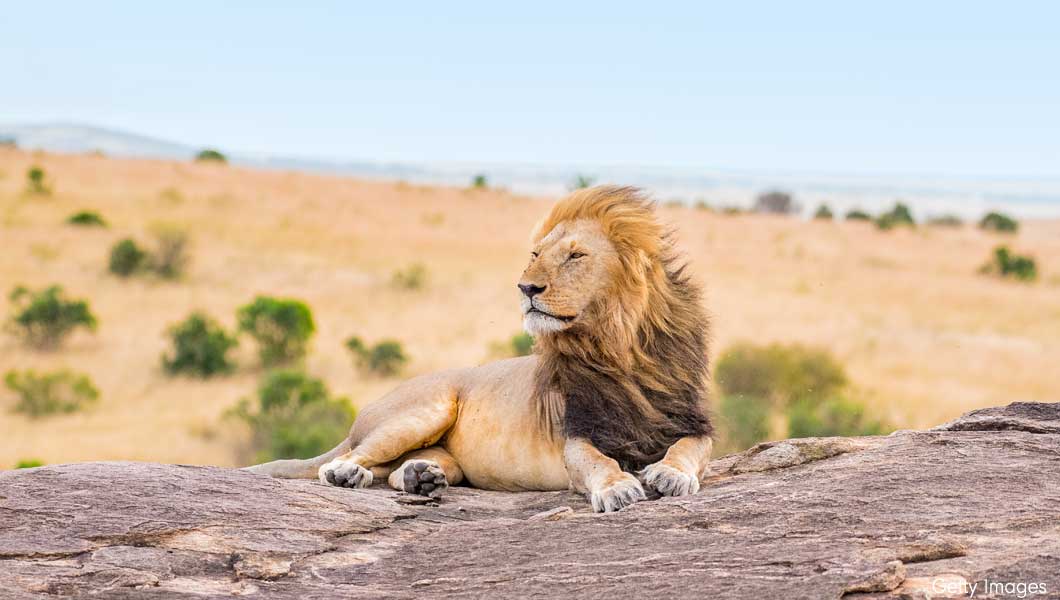
DID YOU KNOW: lions spend up to 20 hours a day resting? When they’re not snoozing under the African sun, they engage in social behaviors like grooming, head-rubbing, and purring—proving that even kings need downtime!
.jpg)
Nothing represents the essence of Africa more than the symbol of the lion. At Lion World Travel, our love for Africa is in our name and symbolized by our mascot, Lionel.

1) LIONS ARE SOCIAL CATS
Unlike tigers and leopards, lions are highly social. They live in prides of 10–15 members, though some super prides can number 40 lions or more. Each pride consists of related females, their cubs, and a few dominant males who protect their territory.
.jpg)
2) LIONS NEED TO EAT EVERY DAY
Lions can survive up to four days without water, but they must eat daily. Lionesses consume 11 pounds of meat per day, while males require 16 pounds or more. They primarily hunt large prey like zebra, wildebeest, and buffalo, but they will also snack on smaller animals like hares, birds, and reptiles.
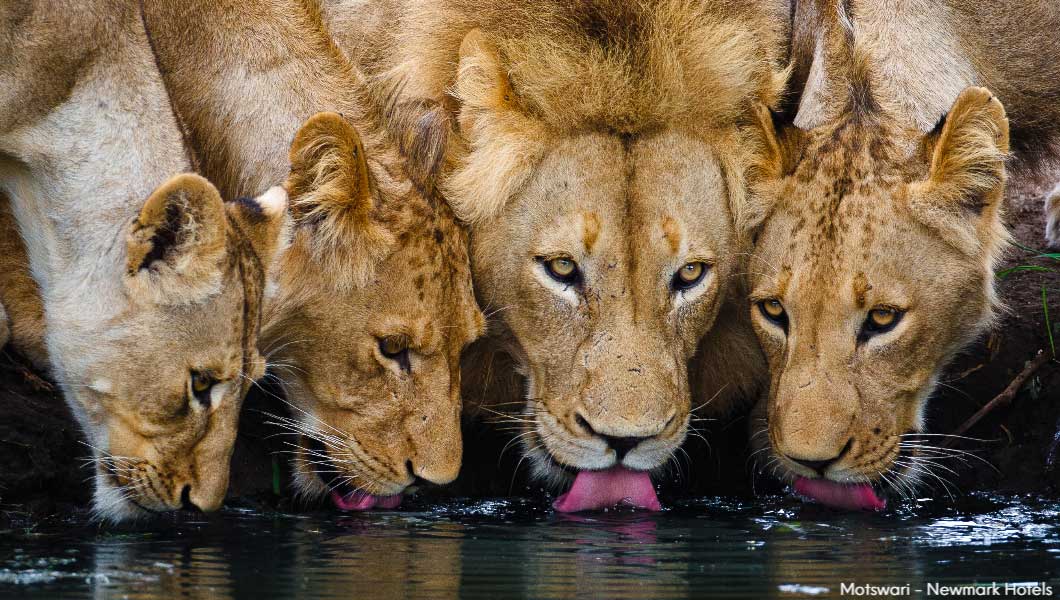
3) LIONESSES DO THE HUNTING
Females are the primary hunters, using teamwork and agility to take down prey. However, despite their hunting prowess, male lions eat first, followed by lionesses and finally, the cubs.
4) LIONS ARE BUILT FOR THE HUNT
Lions are stealthy ambush predators. They fan out in a semicircle, driving prey toward waiting hunters. Their night vision is six times stronger than a human’s, giving them an edge after dark. A lion can sprint 50 mph and leap up to 36 feet, making them one of Africa’s most efficient hunters.
.jpg)
Lion’s claws reach up to 1½ inches in length, allowing for incredible control when going in for a kill. Lions can reach speeds of up to 50 miles per hour and can jump up to 36 feet.
5) LIONS DO NOT LIVE IN JUNGLES
Despite being called the "king of the jungle," lions in Africa inhabit savannas and open plains, not dense forests. In Tanzania safari destinations like Serengeti National Park, lions are often spotted lounging under acacia trees or roaming the golden grasslands.
Experience a Day on Safari with Lion World Travel
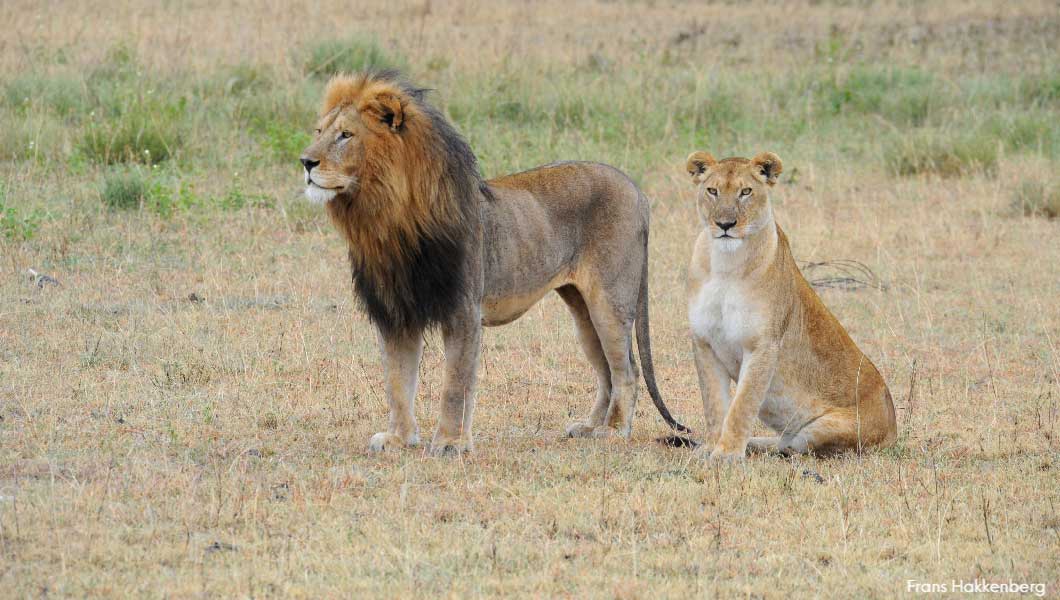
6) LIONS COMMUNICATE IN MANY WAYS
Lions roar, growl, grunt, and purr to communicate. Their mighty roar, which warns rivals and marks territory, can be heard up to 5 miles away! They also use scent markings, mane darkness, and affectionate head rubs to bond with pride members.
7) HOW LIONS RAISE THEIR CUBS
Lionesses give birth around the same time, allowing them to co-raise their cubs. At around two years old, male cubs are forced out of the pride to form their own coalitions. While male lions don’t directly parent, they fiercely protect the pride’s cubs from threats.
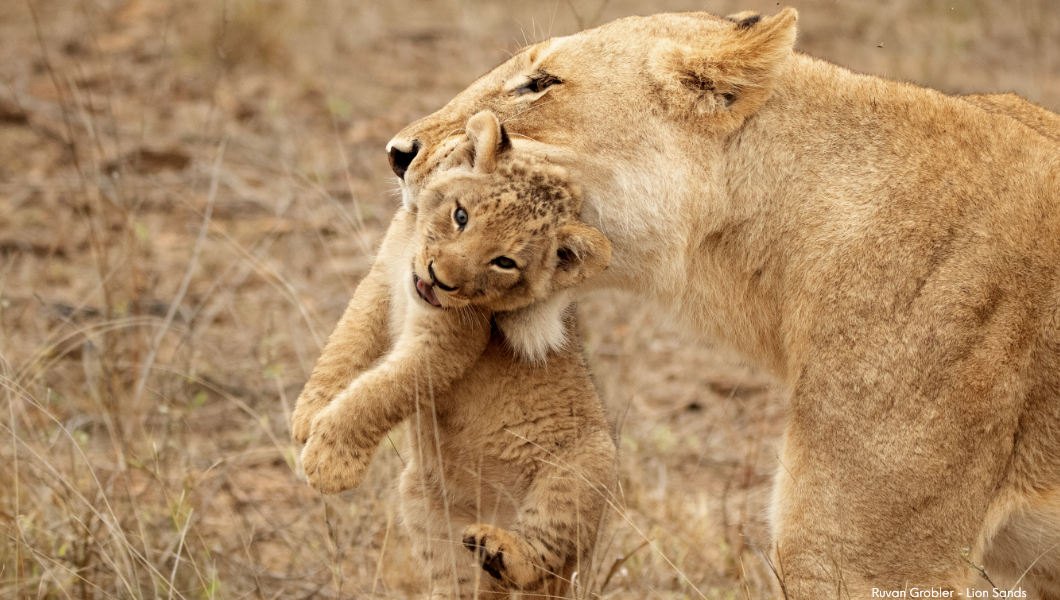
8) FUN LION CUB FACTS
- Born blind, lion cubs open their eyes at three weeks old.
- Lionesses hide their cubs for six weeks to keep them safe.
- Cubs spend their early years playing, wrestling, and practicing hunting skills.
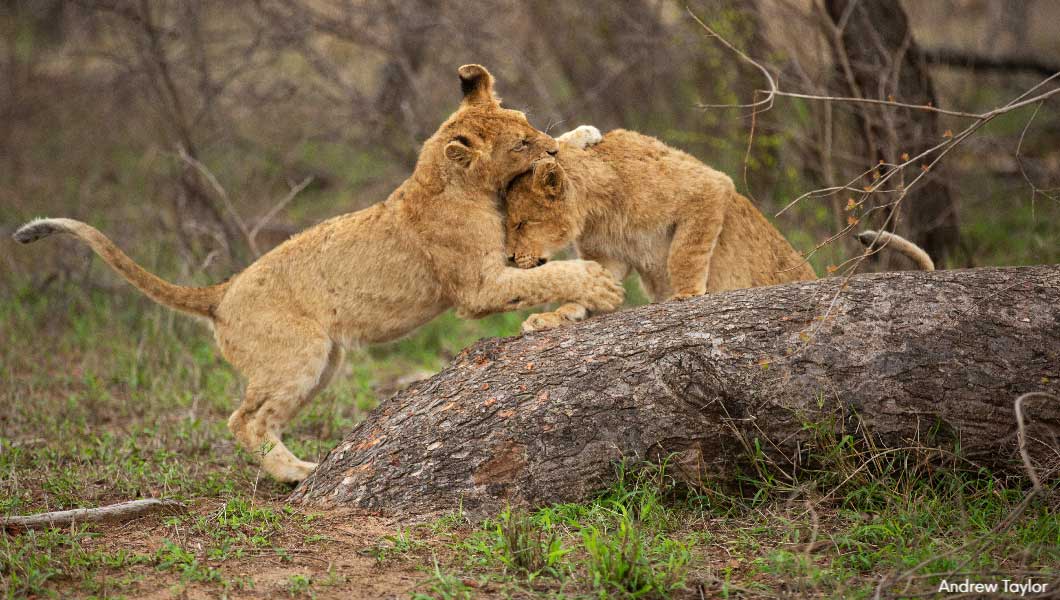
The cubs are full of life and grow up playing with the other youngsters in the pride building strength and family bonds.
9) LIONS ARE THE SECOND LARGEST BIG CAT
Lions are only slightly smaller than Siberian tigers. Males can weigh up to 550 pounds, while females can reach 390 pounds. Unlike other big cats, lions rely on teamwork rather than solitary hunting.
Video of a Majestic, Big Male Lion Walking, by African Anthology
10) SOME LIONS CAN CLIMB TREES
Lions aren’t known for climbing, but in Tanzania’s Lake Manyara National Park, Tarangire National Park, and parts of the Serengeti, you may spot tree-climbing lions! Perching in trees helps them escape insects, stay cool, and gain a better view of potential prey.
The Ultimate Safari Destination
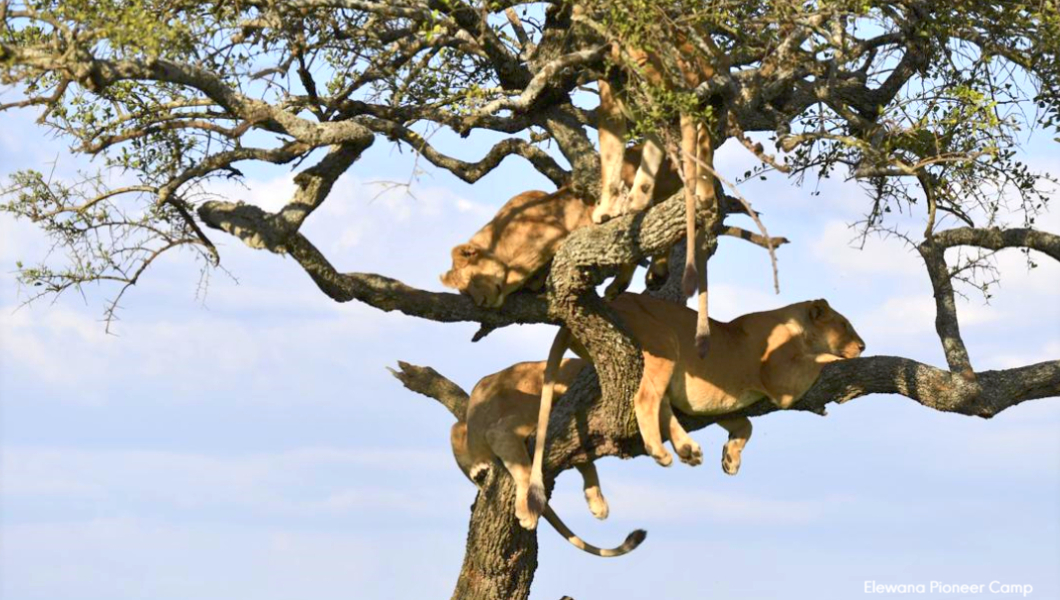
By booking with Lion World Travel, you’ll not only experience these fascinating lion facts up close but also play a vital role in supporting lion conservation efforts across Africa.
For more information, read about our Animal Welfare policy.
Join Us in Protecting Africa’s Iconic Wildlife
Return to the Safari Blog Homepage >

